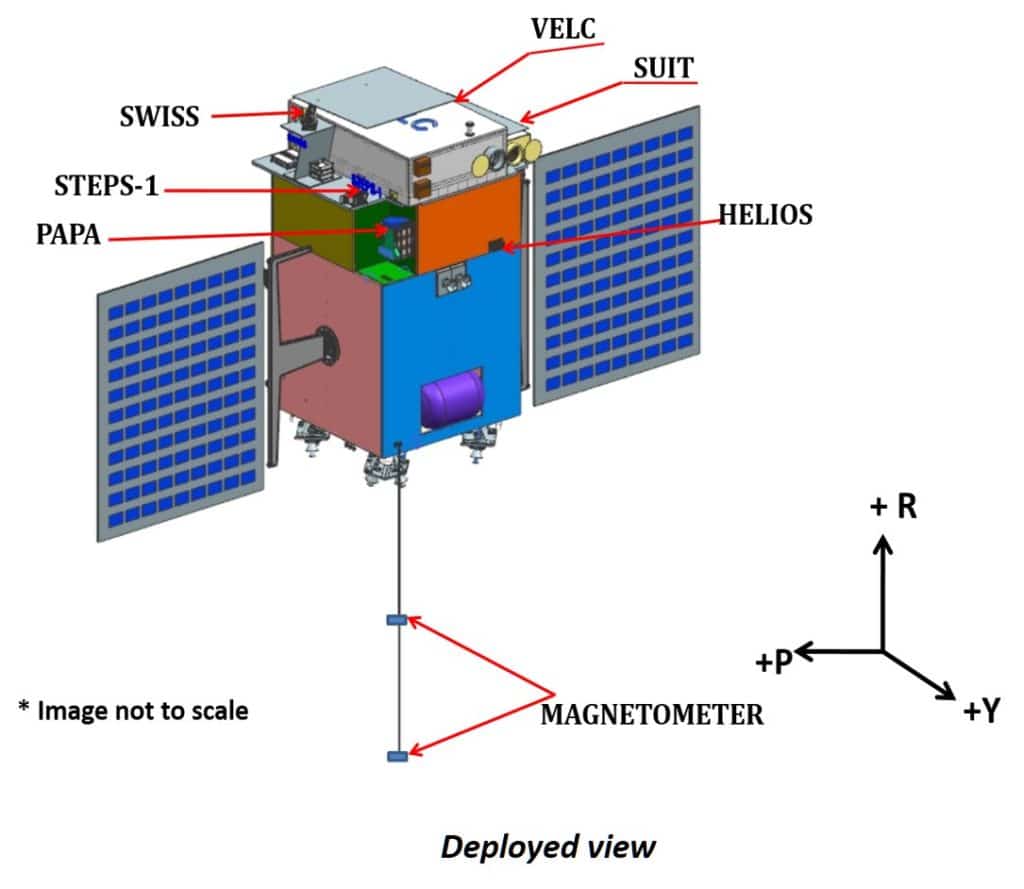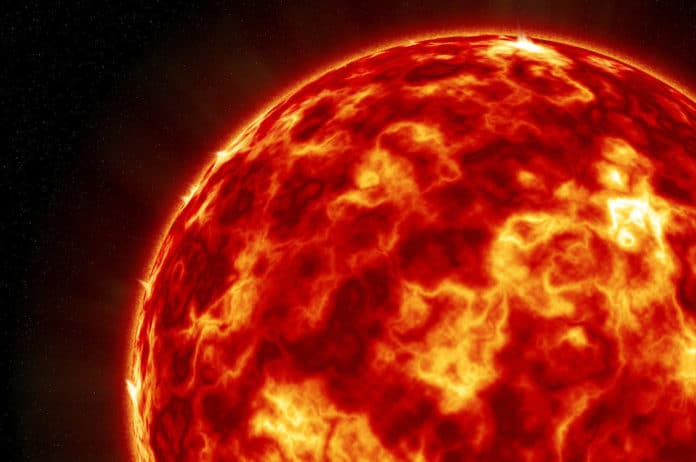Recently on Jul 22, 2019, on Monday at 2.43 pm, Chandrayaan-2- India’s second lunar exploration mission, took off its way to the Moon. Now, ISRO is gearing up for India’s first mission to the Sun.
Indian Space Research Organization (ISRO) now has its eyes on the Sun with solar mission Aditya-L1 in 2020. Aditya-L1 is meant to observe the Sun’s corona. It will image and study the sun from the First Lagrange point, also known as L1 Lagrange point.
The L1 point is the most significant of five such Lagrangian points, all of which lie partway between the Sun and the Earth — 1.5 million kilometers inside the Earth’s orbit.
Currently in its planning stage, the Aditya L-1 mission will be the first probe to make observations crucial to better understanding the Sun after NASA‘s Parker Solar Probe. It is expected to launch in 2020 on a PSLV rocket from Sriharikota.
The Aditya-L1 mission was initially christened Aditya-1 and was imagined as a 400-kg class satellite conveying just one payload: the Visible Emission Line Coronagraph. It was scheduled to be propelled in an 800-kilometer low-earth orbit.
Aditya-1 was meant to observe only the solar corona. The outer layers of the Sun, extending to thousands of km above the disc (photosphere) are termed as the corona. It has a temperature of more than a million degrees Kelvin which is much higher than the solar disc temperature of around 6000K. How the corona gets heated to such high temperatures is still an unanswered question in solar physics.

Aditya-L1, with additional experiments, can now provide observations of the Sun’s Photosphere (soft and hard X-ray), Chromosphere (UV), and the Corona (Visible and NIR). In addition, particle payloads will study the particle flux emanating from the Sun and reaching the L1 orbit. The magnetometer payload will measure the variation in magnetic field strength at the halo orbit around L1. These payloads have to be placed outside the interference from the Earth’s magnetic field and could not have been useful in the low earth orbit.
